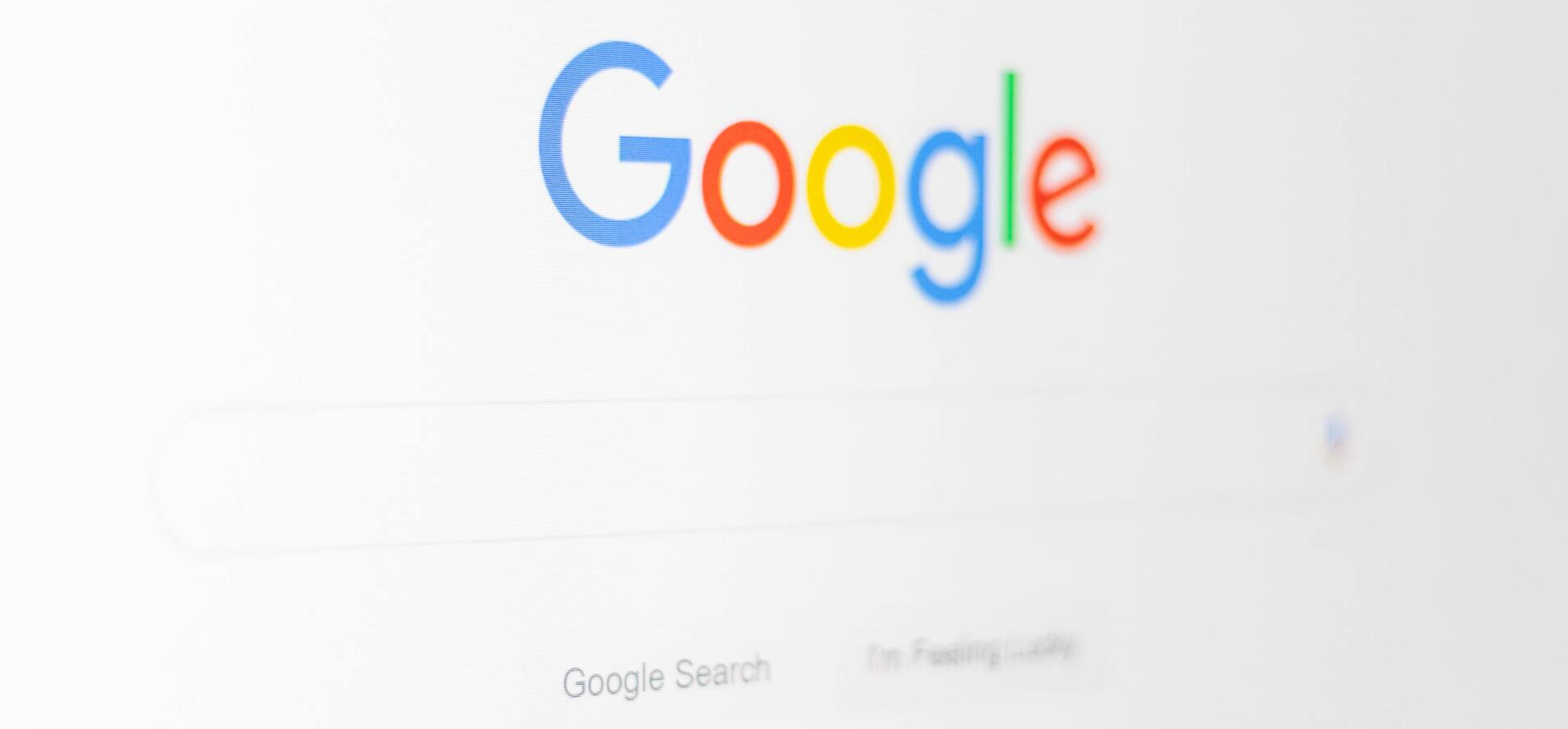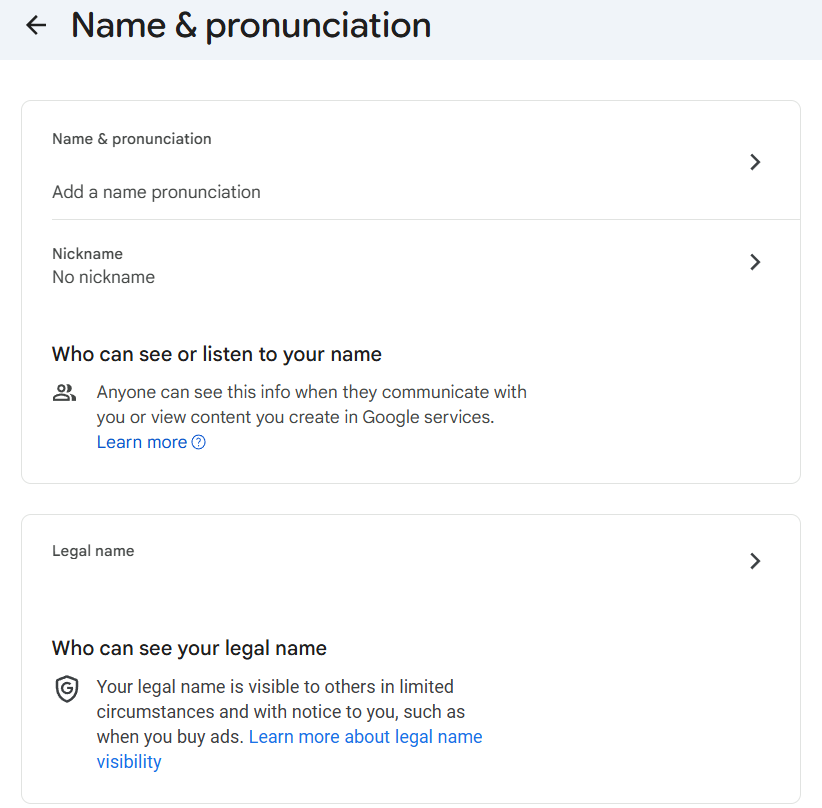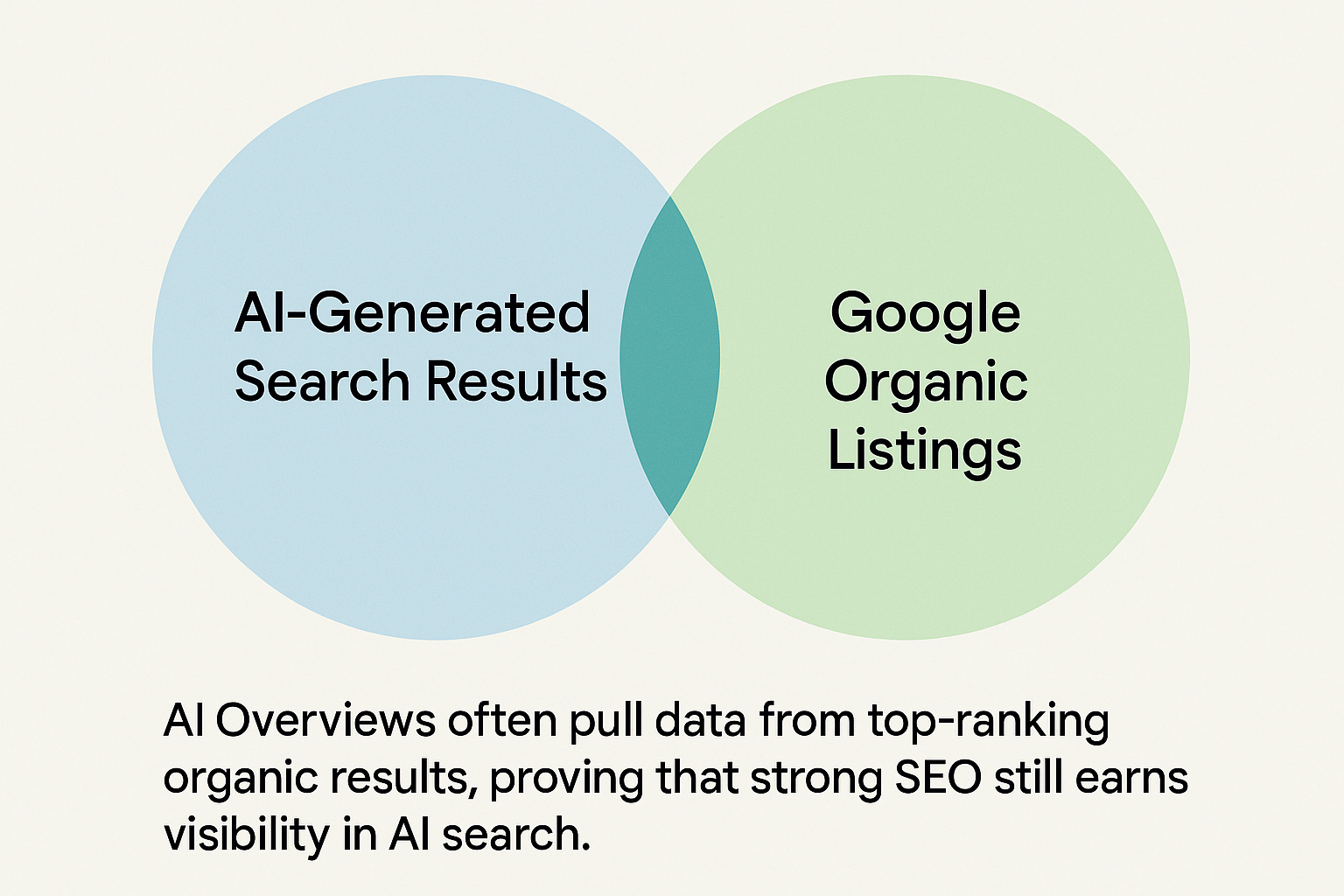What Google’s New Helpful Content Update Means for Your SEO Strategy
Content marketing and search engine optimization (SEO) are two of your most significant (and time consuming) responsibilities as a business today.

Companies everywhere write articles, blog posts, and landing pages designed to grab customer’s attention while providing the value needed to make smarter purchasing decisions.
Done right — website content can drastically boost your brand awareness on Google’s SERP. But what happens when Google changes its algorithms for search rankings? That’s exactly what happened with the new “Helpful Content Update” (HCU), launched on August 25, 2022 and finished rolling out on September 9. Can your content strategy adapt quickly enough?
Major shifts in Google’s search algorithms are not unheard of. Back in 2011, the Google Panda update made ripples in the world of SEO, costing one company $6.4 million in losses as a direct result.
So, should you be worried about this latest update? This was not considered a core update, and is neither the end of SEO nor doom and gloom. Instead, it’s all about creating a better customer experience.
We’ve put this quick post together to help you understand what this new update means for your business and its content and SEO strategy.
What’s Changed in Google’s Helpful Content Update?
The appropriately-named “Helpful Content Update” aims to improve Google’s search function, by tweaking Google’s algorithms to deliver users more original and helpful search results. It places the users at the forefront by ensuring that the content they see is more relevant to their interests than ever before.
We can break down this new update into a few main points:
- Its impact on search engine results
- How it changes search engine optimization strategies
- How it affects online businesses
Creating People-First Content
Google wants content creators to write the type of content that people actually want to read instead of robotic content written with the search engine-first approach. It bases its metrics on how satisfied a visitor would be after reading through your webpages.
But that doesn’t mean that Google is against search engine optimization. SEO strategies for local businesses, when used correctly, continue to play a vital role in bringing value to your customers.
A few considerations to make when producing “people-first content” for your website include:
- Original, useful content: Original content that shows off your real expertise, and a depth of knowledge in your field or industry is what Google is looking for. Any comprehensive knowledge you can share with customers will boost your search rankings.
- Focused content: Tailor your content toward the needs of a specific target audience rather than a general one whenever possible. Avoid blog posts and landing pages that try too hard to gain clicks above all else.
- A real purpose: Think about what you’re trying to achieve with this content. How are you helping customers achieve their goals and solve their problems? A news website, for example, wants to inform its readers of current events, while a shopping page helps visitors make purchasing decisions through product reviews and comparisons.
- Helpful reviews: Google has also mentioned new changes to the search results page that will deliver more helpful product reviews in the future, though it hasn’t shared many details about this feature yet.
The general idea is to have value-added content in mind when designing your website and have SEO take on a complementary rather than a primary function. A helpful test is to imagine publishing your content in a pamphlet or a physical reference guide. Is there enough value there that your customers would still be interested in picking it up?
Changing How You Approach SEO
There are undoubtedly many ways to approach SEO. Google has noticed how many businesses are focused on search engine algorithms and not the end-user reading the content.
How can you avoid making these mistakes? Start by reading up on SEO best practices to align yourself with Google’s guidelines. Here are a few things to consider:
- Don’t spread yourself out too thin: Some content writers try to incorporate so many diverse topics into a website’s content repertoire that they end up with no real focus. Trying to cast too wide a net will hinder your ability to appeal to specific audiences, and Google will certainly take notice.
- Quality over quantity: Google mentions that it prefers content written by people and for people. It’s likely referring to the extensive automation used to flush out content in recent years. However, most people can still tell the difference between AI-written content, and a piece of content written for real people, and Google confirms that it will rank such content poorly in search results.
- Length isn’t everything: Plan out your articles and blog posts so that they accomplish more than just filling in a word count. Despite a popular misconception, Google does not have a preferred word count for content online.
- Not everything needs to be a trend: Many websites make the mistake of chasing after trends too aggressively. While discussing current trends and events can work well, overdoing it often leads to low-value content.
Try to imagine what a visitor’s search intent might be when seeing your site. For instance, if someone wants advice on what new television to buy, you don’t need to spend entire paragraphs discussing the technical details of display panel technology. Too much information can lead to low-value content.
How the New Classifier Works
Going back to Google’s SEO update, the new change will introduce an automated classifier for analyzing and ranking websites. There’s no manual decision-making here. Instead, Google uses an algorithm powered by machine learning to sort through the vast ocean of online content.
This classifier aims to remove unhelpful content from its search results, so it’s in your best interest as a business to produce high-value content while reducing the amount of low-value articles on your page. This update uses a weighted scale, where search ranking depends on the proportion of helpful content to unhelpful content on a website.
Don’t worry; the algorithm scans new and existing sites over a period of months, so there’s always time to improve. As long as your website is clear of low-value content for long enough, you’ll be back up there in the search results.
It’s also worth mentioning that this new update is only one factor out of many that Google uses for search ranking. So even if the algorithm doesn’t entirely approve of your current site, you might still be ranked highly based on other factors.
And finally, keep in mind that Google search ranking is always a work in progress. Right now, this new update is focused only on the English language searches but will expand and update itself over time.
A Piece in an Overall Puzzle
This update isn’t the first time Google has implemented a significant change in its search engine algorithms. Helpful Content is only a continuation of two other major updates in the past few years. Penguin and Panda essentially functioned as filters that penalized websites for unnatural links and low-quality and auto-generated content respectively.
Google also rolled them out in explicit update cycles, and websites had some “breathing room” periods between those updates to make changes and better their organic search rankings.
In contrast to those changes, this new update will run continuously in real time. So what does that mean for businesses like yours? You will have to not only achieve high-quality content now but also keep up that standard for several months for the algorithm to rank you highly. In other words, Google’s new algorithm update will prompt demand for long-term content strategies.
So What Does This Mean for Your Business?
The Helpful Content Update may sound like an uphill battle for business websites, but rest assured, Google is on your side. The search engine genuinely wants you to provide good value to your customers and will reward those that follow SEO best practices.
While you don’t know all the technical details of how Google’s algorithms work, you can still focus on producing valuable articles, blog posts, and landing pages for your customers while following Google’s content guidelines.
Don’t be discouraged if your rankings fall because of this change. As mentioned, the algorithm allows time to recover. A content audit will allow you to find out where your problems are and work to tweak your content strategy appropriately. Aim for original, genuinely useful content that your customers can find value in. And don’t skimp out on search engine optimization. The Helpful Content Update is not an attack on SEO but a way to shift an equivalent focus to content quality.
Worried about how this update may affect your website? Partner with an established marketing agency to align your website with Google’s best practices for search.
Book a meeting today and our Partner Alliance Leaders (PALs) will show you the steps you can take to improve your visibility on Google.







